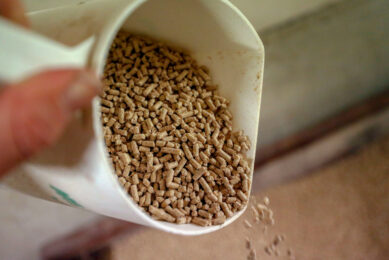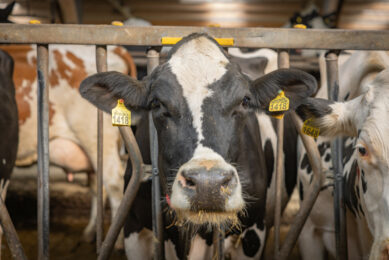The ideal yeast cell wall product for young animals
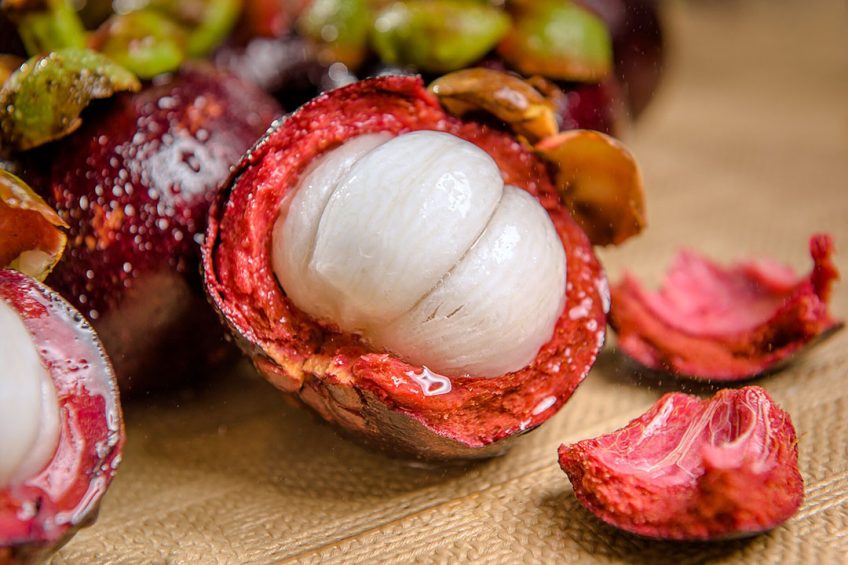
It is very tempting to turn the page when we come across with the words ‘yeast’, ‘β-glucan’ or ‘MOS’. Surely, we already know how it can benefit young animals and have experience with these functional polysaccharides. Then what more is there to talk about?
In 1920, a French microbiologist by the name of Henri Boulard was travelling through Southeast Asia in search of a heat-stable yeast that was suitable for wine production. A cholera outbreak occurred and he learned that locals would chew or make tea from the skins of lychee and mongosteen to fight diarrhoea as traditional remedy. Later, he was able to isolate a new strain of yeast from these tropical fruits. In 1923, Saccharomyces cerevisiae var. boulardii was introduced to the world.
Over the years, S. boulardii has been extensively studied and well characterised. Although S. boulardii is >99% identical to the general S. cerevisiae at genomic level, it shows clear differences in terms of optimal growth temperature (37°C vs. 30°C) and acid resistance (pH 2.0 vs. 6.0) making S. boulardii a great candidate as a probiotic. Further studies reported anti-toxin, anti-microbial, anti-inflammatory, immuno-modulatory effect of S. boulardii. Today, S. boulardii supplements can be easily found in pharmacies and general stores as one of the most acclaimed probiotic for digestive disorders such as IBS, IBD and diarrhoeal problems.
S. boulardii as yeast cell wall product
S. boulardii is an effective probiotic for livestock as much as it is for human application. Given natural ability to survive and grow in the gastrointestinal tract has led its development as probiotic feed additive. While there are many pros with this probiotic approach, there is one obvious con. When using a live yeast product, one cannot fully expect its immuno-modulatory effect. Again, it is the branched β-1,3-1,6-glucan inner layer of the yeast cell wall that is recognised by pattern recognition receptors (PRRs) of macrophages, stimulating phagocytosis, immunoglobulin secretion and enhancing its antigen presentation abilities. The inner layer of yeast cell wall need to be exposed to show boosting effect on host immune system.
It has been reported that S. boulardii has a thicker inner cell wall resulting in enriched β-1,3-1,6-glucan content compared to general S. cerevisiae. Also, the molecular pattern of its functional polysaccharides is more complex allowing improved immuno-modulatory and anti-microbial abilities. This implies that the potential of S. boulardii as a yeast cell wall product is quite promising.
Figure 1 – Supplementation of 0.05% YeaMune-UP to nursery pig (top) and broiler diet (bottom). Tight junction protein gene expression were significantly increased.
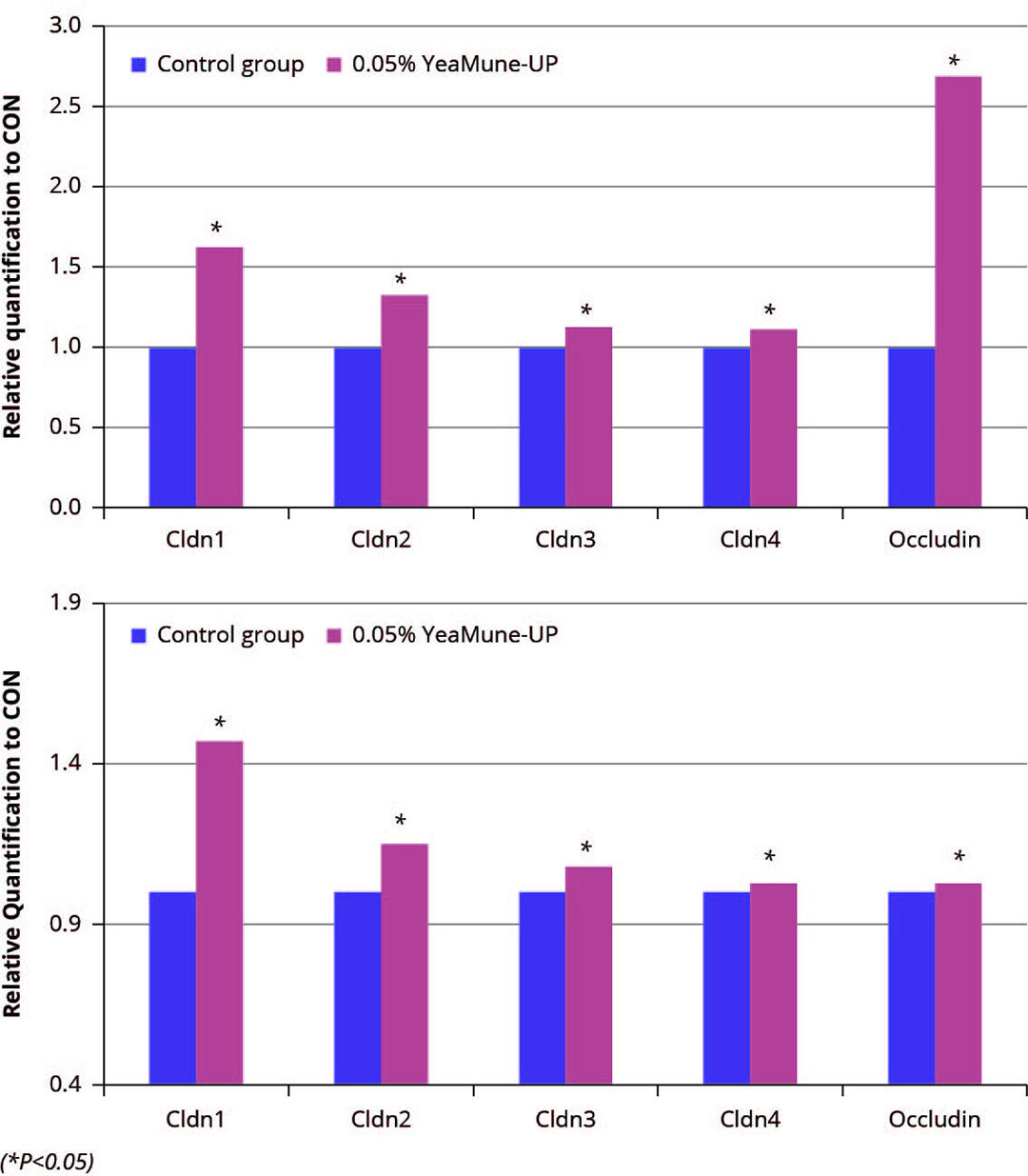
Practical limitations
While S. boulardii has successfully positioned itself in the probiotic world, it has been neglected in other markets. This is because S. boulardii produce less alcohol and nucleotide compared to their professional S. cerevisiae cousins. As yeast cell wall is basically a by-product for the cosmetic, flavouring, and biofuel industries, it seems rather difficult to find a yeast cell wall by-product made from S. boulardii. Even if we were to discover such product, special attention is needed regarding extraction method as it will greatly affect quality as a feed additive.
Breaking open a yeast cell wall is achieved by autolysis or hydrolysis which is primarily used to obtain yeast extract and inactivate yeast. Hydrolysis using exogenous protease is favoured by the industry as it simply can cut through yeast cell wall more efficiently. However, the outer layer of yeast cell wall is also damaged during the process, resulting in significant loss of MOS. Just thinking about the quality as a feed additive, autolysis will result in yeast cell wall with higher anti-microbial property. Collectively, a S. boulardii yeast cell wall product manufactured through autolysis process would be ideal for young animal applications, but is extremely difficult to find, if such product exists at all.
Figure 2 – Supplementation of 0.05% YeaMune-UP to nursery pig (L) and broiler diet (R). Body weight gain were improved without affecting feed efficiency.
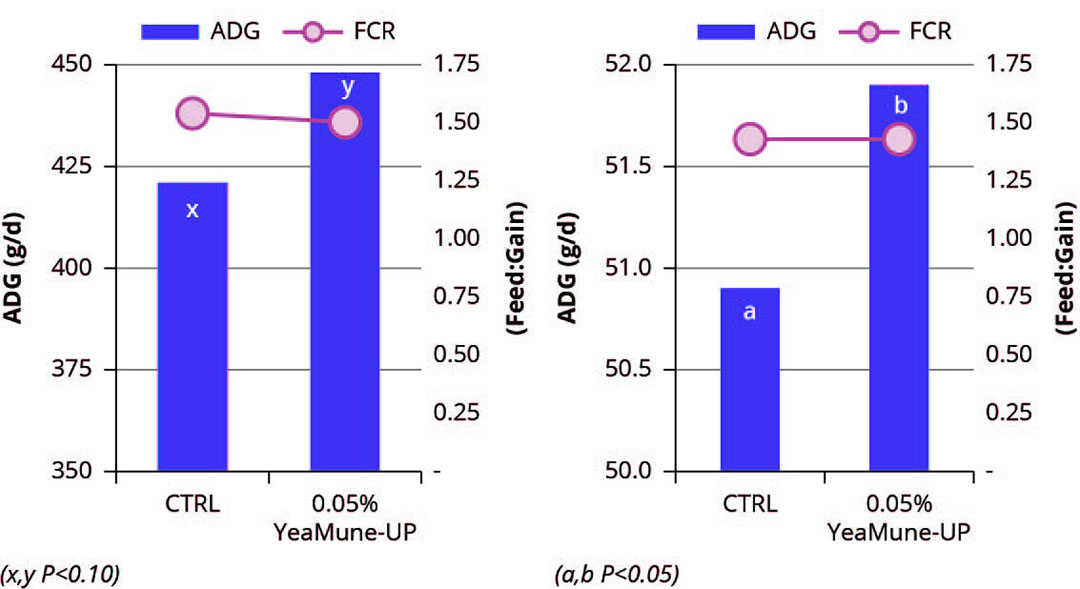
The ideal yeast cell wall product
Pathway Intermediates is a research driven company dedicated solely to animal nutrition. With more than 30 years of fermentation expertise, Pathway Intermediates manufactures one-of-a-kind yeast cell wall product (YeaMune-UP) through autolysis process with patented strain of S. boulardii. Surprisingly, nothing is extracted from the yeast during the whole manufacturing process, making YeaMune-UP unique as it cannot be considered a by-product nor co-product. Recent trials with nursery pigs and broilers clearly demonstrated its efficacy in gut health and performance improvement (Figure 1 and 2). In both trials, YeaMune-UP supplementation significantly increased tight junction protein gene expression (claudin family, occludin). Consequently, due to better gut health as indicated by tight junction protein status, body weight gain was improved by 3.8% and 2.0% for nursery pigs and broilers, respectively, without affecting feed efficiency. Young animal are immature and fragile, requiring special attention both nutritionally and immunologically. After so many years, we still benefit from yeast cell wall supplements for young animals, but there is room for improvement. The future is exciting for S. boulardii yeast cell wall product manufactured through autolysis process.





